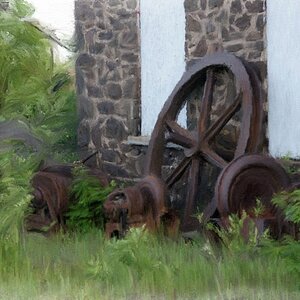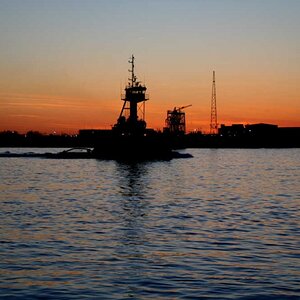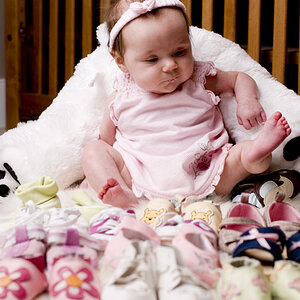UUilliam
TPF Noob!
- Joined
- May 28, 2009
- Messages
- 1,717
- Reaction score
- 2
- Location
- Glasgow
- Can others edit my Photos
- Photos OK to edit
Fair enough, I considered the fact that Crop sensor = less need to buy larger lens' allowing the photographer to save some cash
and I like the response to my post XD
I am guessing they fixed the fact that crop sensor = more noise than full frame then?
I would have thought they would have made it Canon 60D just to annoy everyone who paid for the 50D and to keep their Pro range with full frame..
then again... they only have 9 cameras in their pro range.. the 1D and the 5D and now the 7D
(I know there is 1D, 1D II, 1D III, 1Ds, 1DsII and 1Ds III and soon to be 1D IV and 5d, 5d ii but yeah.)
ahh just ignore me
and I like the response to my post XD
I am guessing they fixed the fact that crop sensor = more noise than full frame then?
I would have thought they would have made it Canon 60D just to annoy everyone who paid for the 50D and to keep their Pro range with full frame..
then again... they only have 9 cameras in their pro range.. the 1D and the 5D and now the 7D
(I know there is 1D, 1D II, 1D III, 1Ds, 1DsII and 1Ds III and soon to be 1D IV and 5d, 5d ii but yeah.)
ahh just ignore me



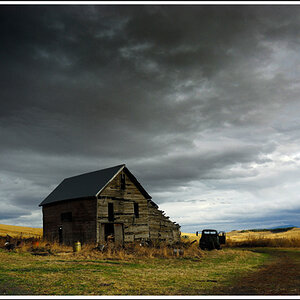
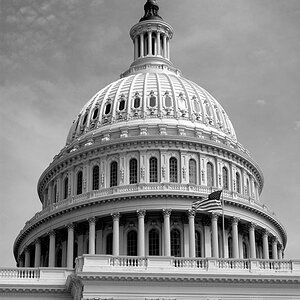
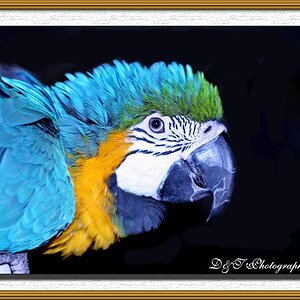
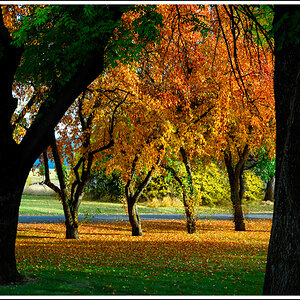

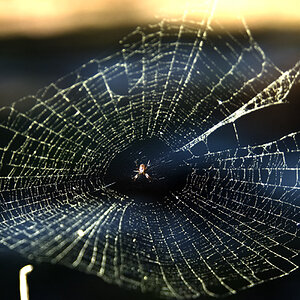
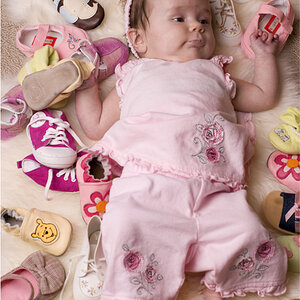
![[No title]](/data/xfmg/thumbnail/32/32702-7344d6e6132276dd7bfc046084fea432.jpg?1619735604)
